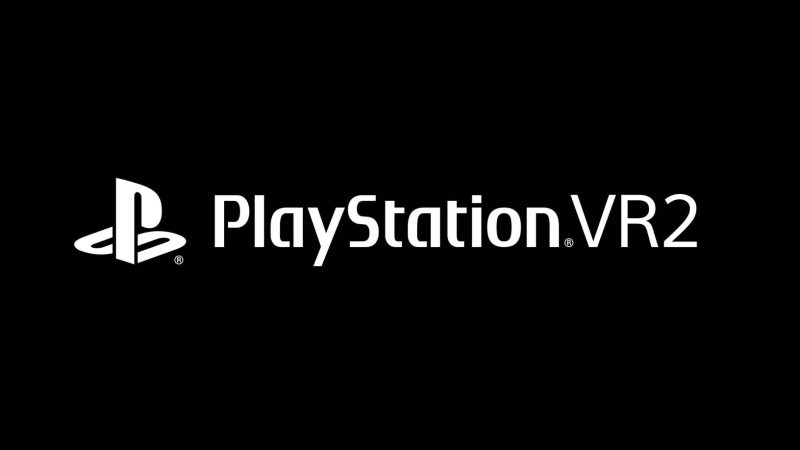[ad_1]

Sony has formally confirmed the record of PSVR 2 specs at CES 2022 this week, however there’s loads of folks little question questioning how the brand new headset compares to competing VR gadgets comparable to Valve Index and Quest 2.
Thankfully, ResetEra consumer Primal Sage has put collectively a helpful PSVR 2 specs vs. Valve Index, Quest 2 comparability showcasing simply how effectively Sony’s new machine stacks up in opposition to its competitors. The excellent news? It appears to come back out fairly favourably!
Screens
PSVR2 (Winner): 2000 x 2040 per eye. OLED with HDR. As much as 120hz refresh charge
Valve Index: 1600 x 1440 per eye. LCD. As much as 120hz refresh charge (144hz experimental)
Quest 2: 1832 x 1920 per eye. LCD. As much as 120Hz refresh charge.
Lenses
PSVR2: 110 levels subject of view. Fresnel lenses. IPD settings Unknown.
Valve Index (Winner): 130 levels subject of view. Fresnel lenses. IPD settings 58-70.
Quest 2: 100 levels subject of view. Fresnel lenses. IPD settings 58, 63 or 68.
Monitoring
PSVR2: Inside out monitoring through 4 cameras within the headset. No exterior sensors wanted. Controllers solely tracked when in view of headset cameras.
Valve Index (Winner, though it is dependent upon your devoted gaming house): 2 exterior sensors wanted for monitoring of headset and controllers. Can monitor controllers behind your again.
Quest 2: Inside out monitoring through 4 cameras within the headset. No exterior sensors wanted. Controllers solely tracked when in view of headset cameras.
Eye Monitoring
PSVR2 (Winner): Cameras contained in the headset monitoring your eye motion. This makes it attainable to render at full decision the place your eye is focusing and decrease res within the periphery. Thus liberating up sources. Basically making it attainable to have VR video games at PS5 constancy.
Valve Index: None.
Quest 2: None.
Controllers
PSVR2 (Potential Winner, laborious to find out presently): Haptics within the controller – it is aware of which buttons you’re touching and thereby semi finger monitoring. Twin sense options, which implies improved rumble and resistive triggers. Is perhaps simpler to trace than the others as a result of orb design of the monitoring rings.
Valve Index: Haptics within the controller – it is aware of which buttons you’re touching and thereby semi finger monitoring. Particular person finger monitoring.
Quest 2: Haptics in controller – it is aware of which buttons you’re touching and thereby semi finger monitoring.
Haptics In Headset
PSVR2 (Winner): Precise suggestions within the headset. Crashing a automotive in VR could be jarring as a result of the view shakes, however you are feeling nothing. Headset haptics will assist with immersion and cut back discomfort. Additionally, cool gameplay alternatives. Really feel the raindrops in your head. Sense one thing whizzing previous your head.
Valve Index: None.
Quest 2: None.
Sound
PSVR2: You join your personal headphones.
Valve Index (Winner): Constructed-in top quality headphones.
Quest 2: Constructed-in low high quality headphones and the choice to make use of your personal.
Wi-fi/Corded
PSVR2: Makes use of a single USB-C wire related to the PS5.
Valve Index: Makes use of a cumbersome proprietary cable to the PC.
Quest 2 (Winner): Makes use of a single USB-C wire related to the PC. Additionally capable of join wirelessly to a PC however this doesn’t work stably in all setups. Standalone/native apps run on the headset do run completely effectively wi-fi.
[ad_2]
Source link


